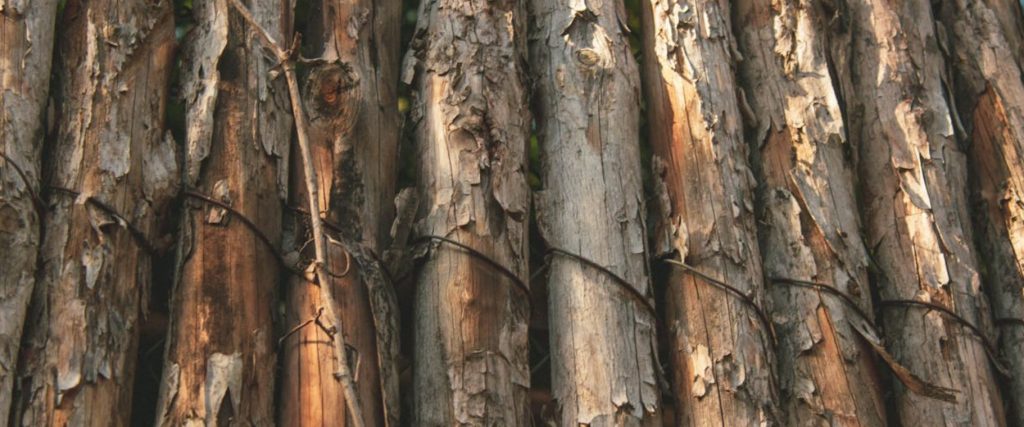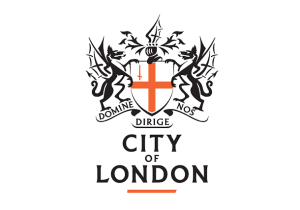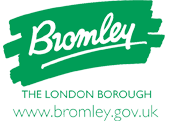Called ‘the father of modern arboriculture’, Dr. Alex Shigo is an important name amongst tree surgeons, and an ongoing source of inspiration for our methodology here at TreesUK.
Today, we’re sharing some background information about this key industry figure, and why his techniques and approaches still ring true today.
A brief biography
Dr. Shigo was born in Pennsylvania in the 1930s and studied biology before enrolling in West Virginia University to earn a doctorate in plant pathology. He worked for the U.S. Forest Service as Chief Scientist for most of his career, before retiring in the 1980s.
He then turned to writing and lecturing, travelling all over the world to share his passion and educate others through seminars and workshops. He also wrote (or contributed to) over 270 books and academic papers in his long and illustrious life.
Key contributions
Dr. Shigo has given much to the world of arborists. His most notable contributions include:
- Dissecting trees to understand how decay spreads and wounds heal.
- Studying how trees shed branches and linking pruning techniques of the time to damage and decay.
He also recommended that pruning cuts are made at the branch collar, and warned that trees are most vulnerable when growing and losing their leaves.
During Dr Shigo’s lifetime, the one-man chainsaw was invented. Through making longitudinal cuts on a tree, as opposed to transverse cuts (flush cuts), he discovered that they ‘contain’ disease and decay through compartmentalisation, sealing away the injury or wound to prevent it spreading.
In other words, instead of healing themselves as our skin does, trees seal themselves instead. He called this compartmentalisation of decay in trees, or CODIT.
Key pruning techniques
Some of Shigo’s recommendations are:
- The three-step pruning method, where the branch is first notched underneath near the branch collar; then cutting underneath, outside the first cut; and finally, cutting the stub just outside the collar. This prevents injury and concerns like woundwood.
- Target pruning, where the branch collar is left on the trunk.
- Pruning and training trees when young, as they have more energy than older trees.
Impact and controversies
Alex Shigo’s pioneering work faced some pushback from his fellow arborists, as it suggested that some tree care techniques and practices were not just outdated, but damaging. He also inferred that pruning techniques were more about the ease of the work and the appearance of the tree, than for the benefit of the tree: ‘Scant attention [is] given to pruning as it affects the health of trees, while great attention has been given to pruning as it affects the desires of man’.
The ‘touch trees’ message
One message that Shigo consistently spread was ‘touch trees’. In fact, it’s said that he signed many of his books with these words.
In an interview, he said that touching trees is about connecting and communicating with nature. He believed that touch could help us understand and learn from trees – what he called ‘our greatest living systems’.
Notable works
- Tree Basics: This book covers the essentials of trees with a focus on their long-term survival. Topics range from tree anatomy (leaves, bark, roots, flowers) to pruning advice and techniques.
- Modern Arboriculture: An acclaimed book that’s one of the most studied of Shigo’s works, it presents ways to prioritise tree health and appearance. It’s also a book that threw up controversy at the time of publishing, citing adjustments needed to the practices of modern arboriculture and explaining how trees grow, thrive and die. The book also sheds light on the CODIT breakthrough and talks about common tree ailments.
- Tree Anatomy: A guide to the parts of trees, this book contains microscopic photographs of systems and structures, explaining how they’re connected. Some areas covered include small flowers and their anatomy; barrier and reaction zones; root hairs; and soil fungi.
Working with TreesUK
As you might have guessed, part of Shigo’s legacy lives on through the work of our expert arborealists. Based in South East London and covering nearby areas like Bromley, we use the tried-and-tested methods of Dr. Shigo to ensure that every tree and shrub we tend has not only the best care, but the best chance of survival – so plants and people can continue to share our green spaces.
To find out more about Shigo’s legacy and the work we do, reach out to one of our talented team today.
















